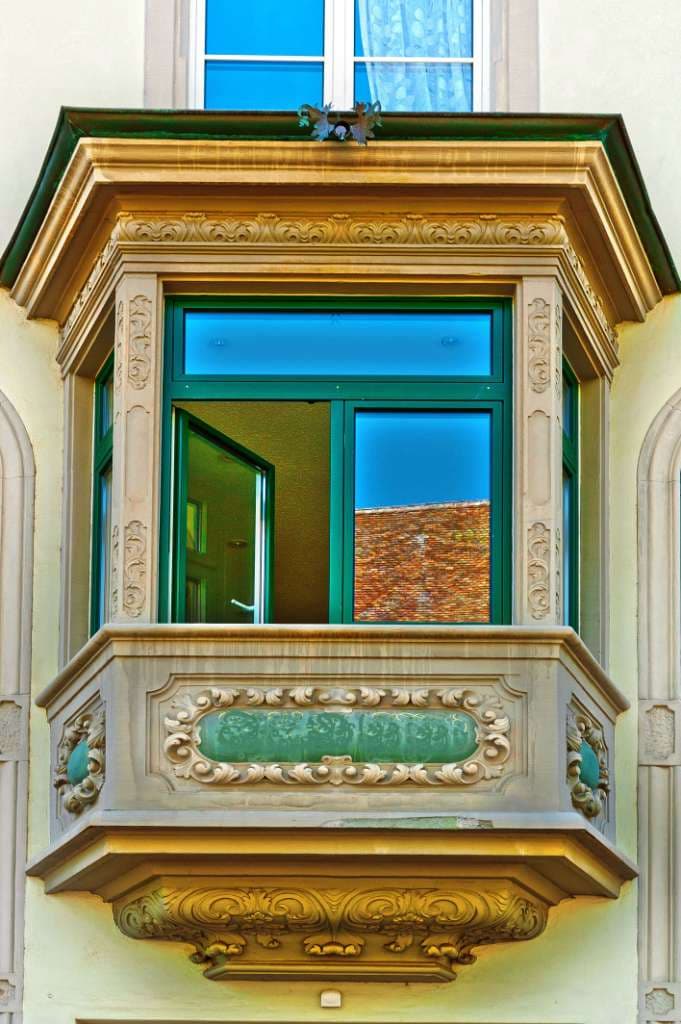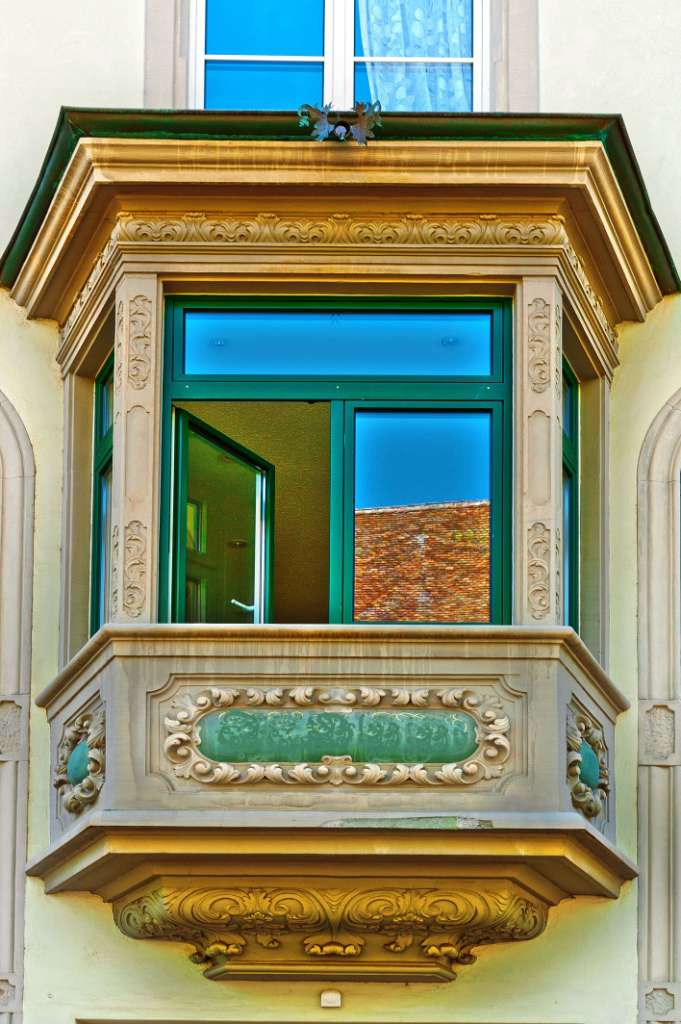
Windows can be one of your home’s most attractive features, which give a feeling of openness and space to living areas. They are arranged for the purposes of architectural decoration. Windows allow light into the room, enhance your wall colours or furniture.
Brief History of Bay Window
- Bay window history is long, showing up everywhere from medieval (connected with the Middle Ages (about AD 1000 to AD 1450)) castles to modern American apartments.

- The term Bay probably originates from the large windows that were located in the bay, or the area between the window frame and the interior wall, of a castle.
- This was often a dramatic looking area of the castle, with a high table or other types of platform standing in front of the window, where it could be best seen. While they had a medieval beginning, bay windows were popular in the Victorian era.
- These windows tend to be very attractive and beautiful, but they can also make small spaces appear larger and increase the amount of light in a room.
- Bay window tends to blur the visual boundary of a wall, making it look like the room opens right up into the open air. They can feel much like a porch or a balcony, only inside and safe from the atmospheric conditions.
- Much of the effect of a bay window is visual, making the room feel larger and the wall farther away, but a bay window does actually provide more space as well. This extra space can be used for storage, as a bench for reading, or many other purposes.
- Bay windows may be located in living rooms or sitting rooms, where they provide a comfortable place for curling up with a cup of tea and a book.
- The bow window is a just curved version of bay window. They consist of at least four window panes in a semicircle. This version of the bay window started during the Georgian period and became more popular in Regency-style architecture. They were often used in English country homes, as they provided a view without the discomfort of being outside during cold and damp weather, which the English countryside has a lot of.
- A circle bay window is also known as bow window.
- Oriel window is another type of rounded bay window. They tend to exist on the upper floors of buildings and do not reach down to the ground level, but are closer to enclosed balconies.
- Oriel window can increase the size of a room cost effectively, allowing optimum use of a restricted site.
- Oriel window is also an ideal way to overcome some planning restrictions, in particular when there is a problem of overlooking the adjoining plot. One clever technique here is to close off or blinker one side of a triangular oriel so the open side frames the view and the planning objection is overcome.
- During the Gothic period, they often contained home chapels. In Middle Eastern architecture, these windows are common also and are called as mashrabiyas.
- In England, bay window gained popularity in the late 1800s, due to some changes in London building codes that allowed houses to have windows that weren’t even with the exterior wall. In the United States, they became popular around the same time and have remained fairly common ever since.
Also Read:
Types of Bay Window
Pros and Cons of Bay Window































